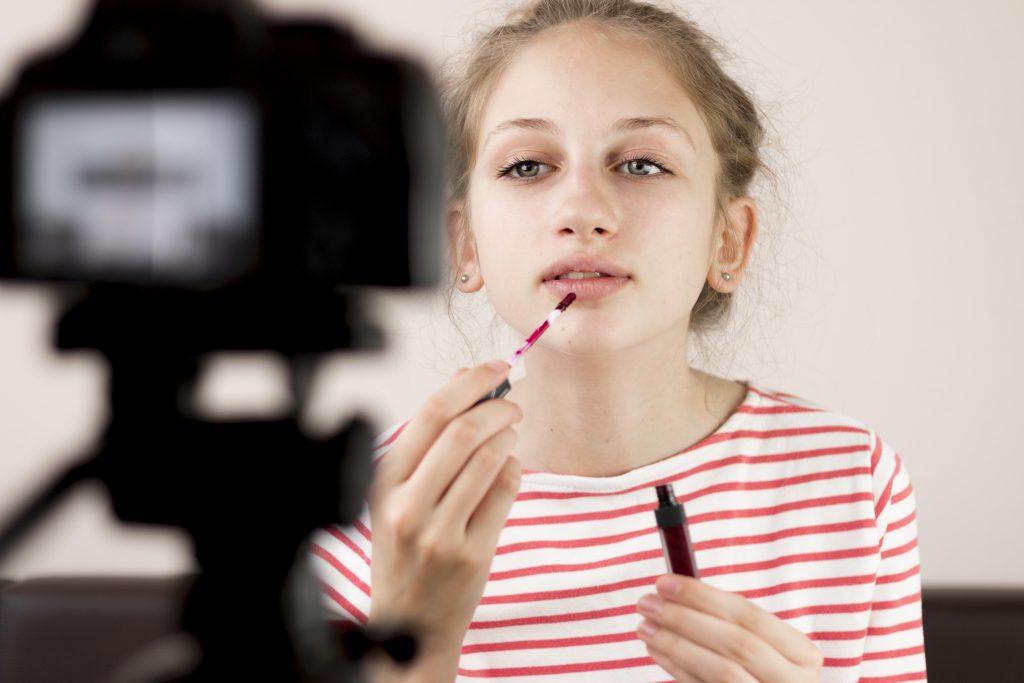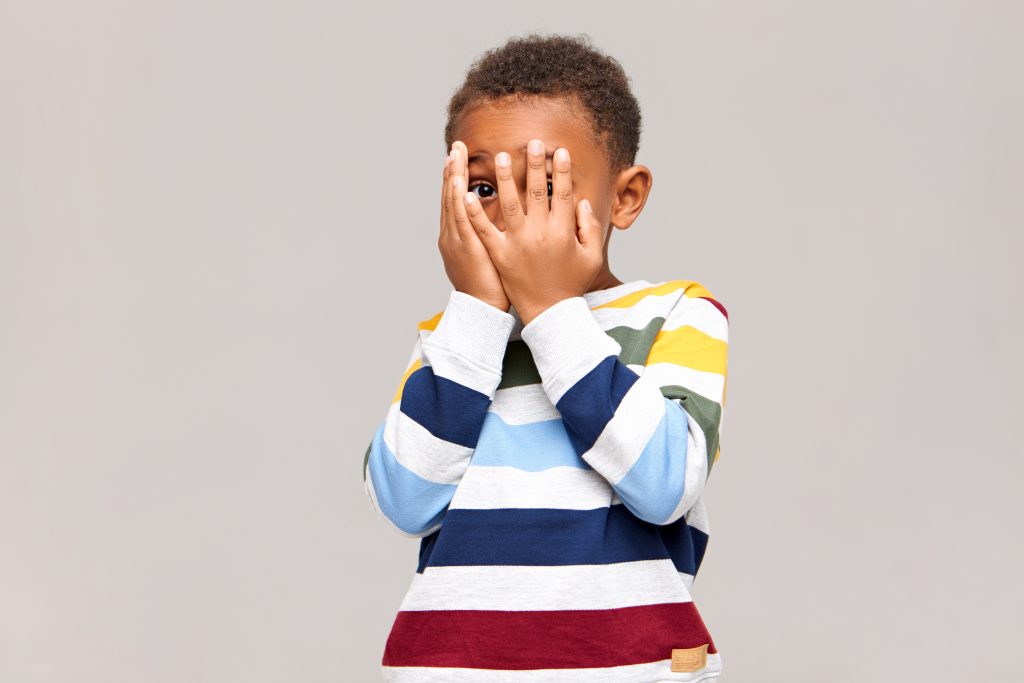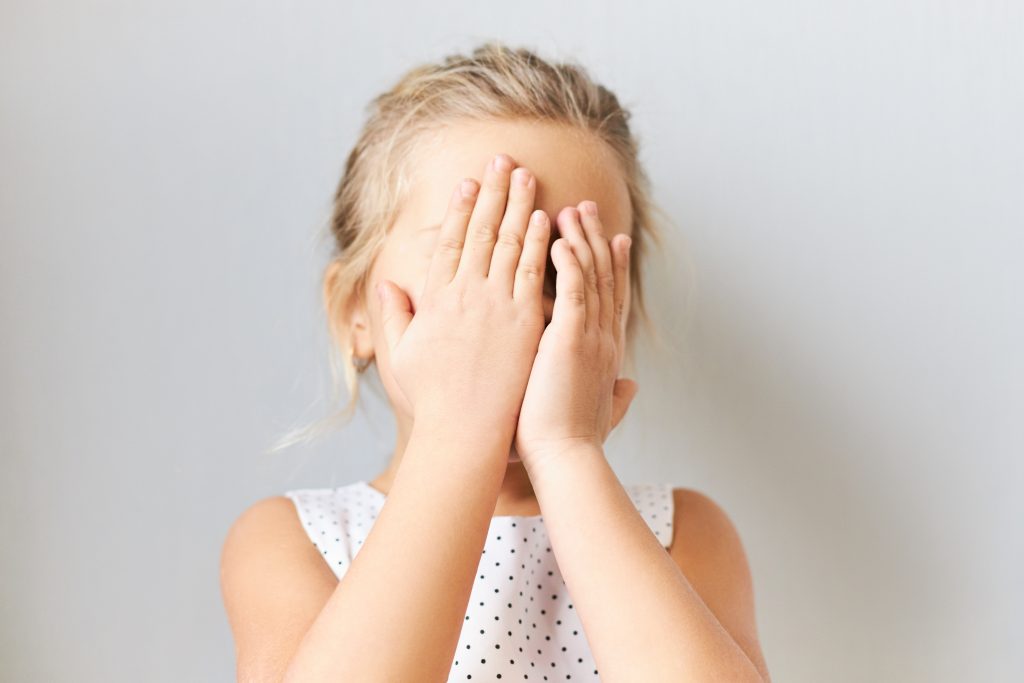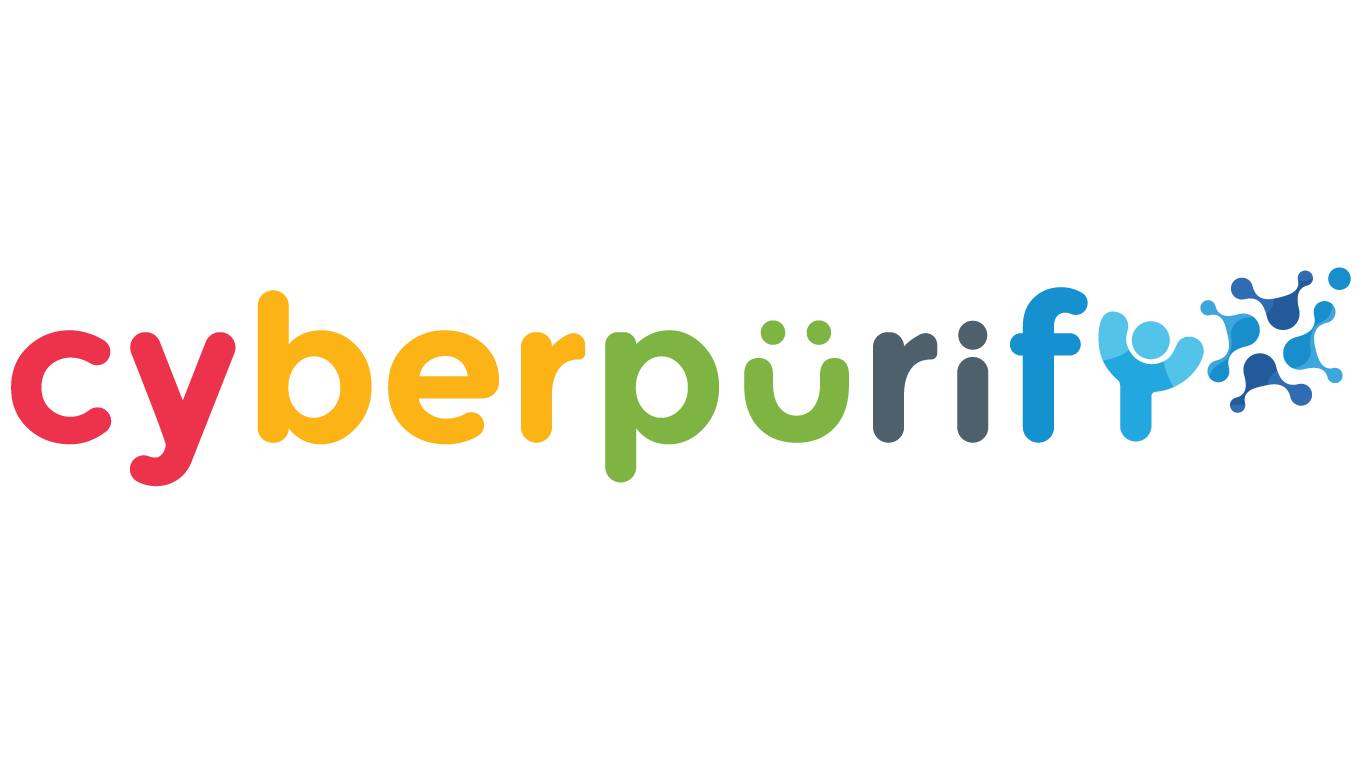TikTok is a free social media platform that allows users to share short videos of 15 to 60 seconds. Although the video’s length is short, it has the powerful ability to convey information, vivid images, and catchy background music that has made TikTok the most popular application in the world.
Especially during the COVID-19, the number of adults and especially children using TikTok is increasing day by day. So how many kids are use TikTok right now? Also known as underage users? And should I let my kid use TikTok? Let’s find out with CyberPurify.


However, after reading the article, depending on your child’s problem, if you have fully weighed the strengths and weaknesses and find that TikTok presents more risks than benefits to your child, we recommend that you should not allow your child to use TikTok. In that case, you might consider using Wifi Device to automatically protect all Internet devices in your home from TikTok.
This device can also protect your child 24/7 from all porn sites, for all internet-connected devices your child use.
How many kids use TikTok?
According to the latest data updated in September 2021, out of more than 1.1 billion users, 32.5% are users between 10-19 years old, so it is estimated that about 30% of users are under 18 years old. This does not include children under 10 watching TikTok with their parents falsifying about their children’s age so that they can use TikTok.
Why are more and more kids using TikTok?
COVID-19 pandemic
From an objective point of view, the COVID-19 epidemic has forced children to stay at home, leading to heavy dependence on the Internet for learning, playing, and entertainment. Then they have a huge desire to connect and maintain relationships with relatives, friends, so that children are exposed to social networks earlier, and more often.
Parents “help” children falsify their age
The Children’s Online Privacy Protection Act (COPPA) stipulates that websites, applications, and technology businesses do not collect personal data from users under the age of 13. That’s why the terms of use of TikTok and other social networks are only for people 13 years of age or older.


However, the sad thing is that many parents misrepresent their child’s age to set up an account for their child, or let their child share an account with their parents. In addition, on TikTok, users do not need to prove they are 13 years old to be able to view publicly posted videos.
On average, children spend 105 minutes a day using TikTok.
When children are not aware and do have not enough skills to distinguish what is appropriate and inappropriate content, which content they can learn and should not imitate, children are at an extremely high risk of being affected by the dangers of TikTok.
Maybe you missed this awesome articles:
Should I let my kid use TikTok?
First, let’s find out why is TikTok bad for kids!
Risk of using inappropriate language without knowing it
Most kids would love to cover some trending TikTok song or dance, but the important thing is, through those lovely smiles, lip-syncing, you know your child is dancing and singing along to lyrics that contain insults, racism, swear words, and all kinds of horrible words that you can’t imagine?
Some typical words like b*tch, n***a, f*** you, etc.
Risks of your child’s privacy risks
Unlike other social networks, TikTok is frequently accused of posing serious risks to users’ security and privacy. That’s why private companies and US government agencies ban their employees from installing and using TikTok on work devices.
TikTok collects a lot of data, however, it doesn’t just stop at collecting information by tracking the types of content your kids like and share on the app.


In its privacy policy, TikTok states that it collects “information you provide in the context of composing, sending, or receiving messages.” With a focus on using the word “composing” messages, TikTok not only collates data and messages you share through the app but also matches content your kids have created or written but they have not yet posted or shared.
In addition, TikTok also takes advantage of any access permissions your child grants, collecting information about phone model, screen resolution, currently used operating system, phone number, email address, location, and even contacts on your child’s device.
Risk of exposure to harmful content
One of the most concerning bad things about TikTok. As mentioned, because TikTok has many popular songs and anyone can create content, your child is very likely to come across profanity and say inappropriate words with their age.


As with any social platform, there are always risks associated with sharing personal information, being bullied online. This is not to mention how many children risk their lives to follow dangerous trends on TikTok without thinking about whether doing this could affect their health and safety, which does it all for the sake of drawing attention and popularity.
Besides the dangerous challenges, recent research by the Institute for Strategic Dialogue (ISD) shows that children easily access harmful and inappropriate content on TikTok, including:
- Racist content: Videos promoting white supremacy, expressing support for extremists or terrorists, or anti-Semitism.
- Content can be haunting such as footage related to the terrorist attacks in Christchurch in 2019 and footage of the IS.
- Content creators that incite hate and extremism are actively using TikTok’s internal tools to show more people their content.


Finally, how do I keep my child safe on TikTok?
You can’t let your child freely watch and post on TikTok, but you also can’t ban your child from watching/using TikTok, you will limit your child’s connection with friends, access to interesting content, or prohibit your child’s creativity. The line between protecting a child and restraining a child is extremely blurring.
Accept that any social network has its good and bad sides. What needs to be done is to approach the good side and limit the bad ones. Here are some tips for parents:
- Familiarize yourself and experience with social media: Don’t be passive, actively update and learn the platforms that are popular with young people.
- Continuously talk to your child about what is and isn’t right for him on social media and the Internet.
- Remind them to let you know when they see something that concerns them online.
- Teaching children soft skills when using the Internet: Raising children to behave, understand and protect themselves is important not only in the real world but also in the virtual world, where both you and your children interact every day.


- Use a content filter: It’s a good thing to take the initiative to educate your children. However, you should use more free online content filtering tools to hide 15 types of harmful content on the Internet (don’t forget that harmful content is not only porn but also murder, terror fathers, ghosts, etc. things that terrify your child).
- Teach your child about digital footprint: what your child sends or posts will live forever on the Internet and your child is at a very high risk of online sexual assault and falling prey of sexual predators, online sexual assault, blackmail.
- Watch for unusual signs: staying up too late, staying away from family members, suddenly refusing to use social media, low self-esteem, stay quiet, etc. This could be a sign that your child has been sexually assaulted online or has become a victim of online bullying.
Find this helpful? You also love these:















